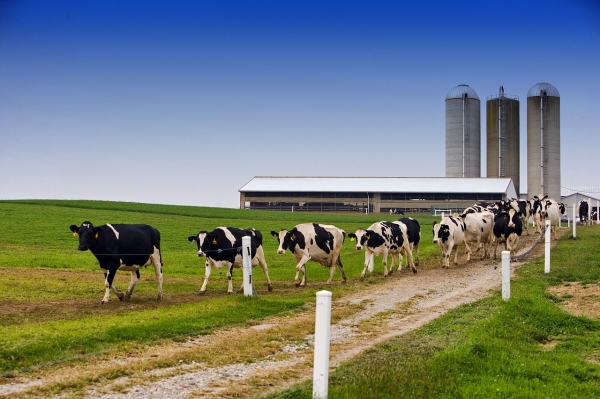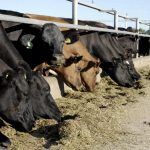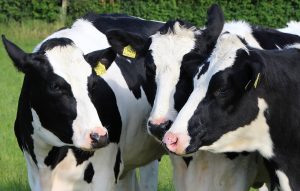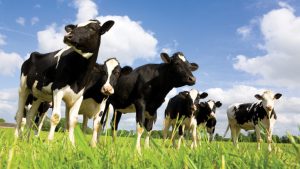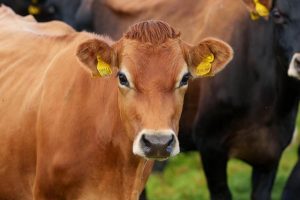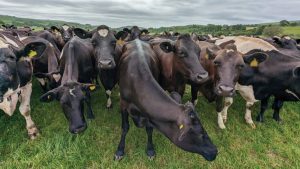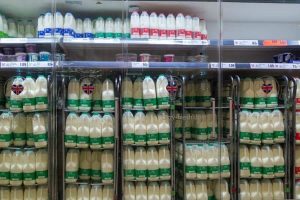Capture technology already exists, and if rolled out across the EU dairy herd, the conversion of methane to biofuel could reduce emissions equivalent to an estimated 5.8% of the remaining global temperature rise budget, if the temperature were to be kept to 1.5 ◦C of warming.
Conducted by the University of East Anglia (UEA) and the International Fugitive Emissions Abatement Association (IFEAA), the research is based on measurements from two dairy farms in Cornwall, England. Together with a growing body of international field research, it suggests that the ‘Tier 2’ calculations used by countries to report their emissions annually to the Intergovernmental Panel on Climate Change (IPCC) may not be robust.
